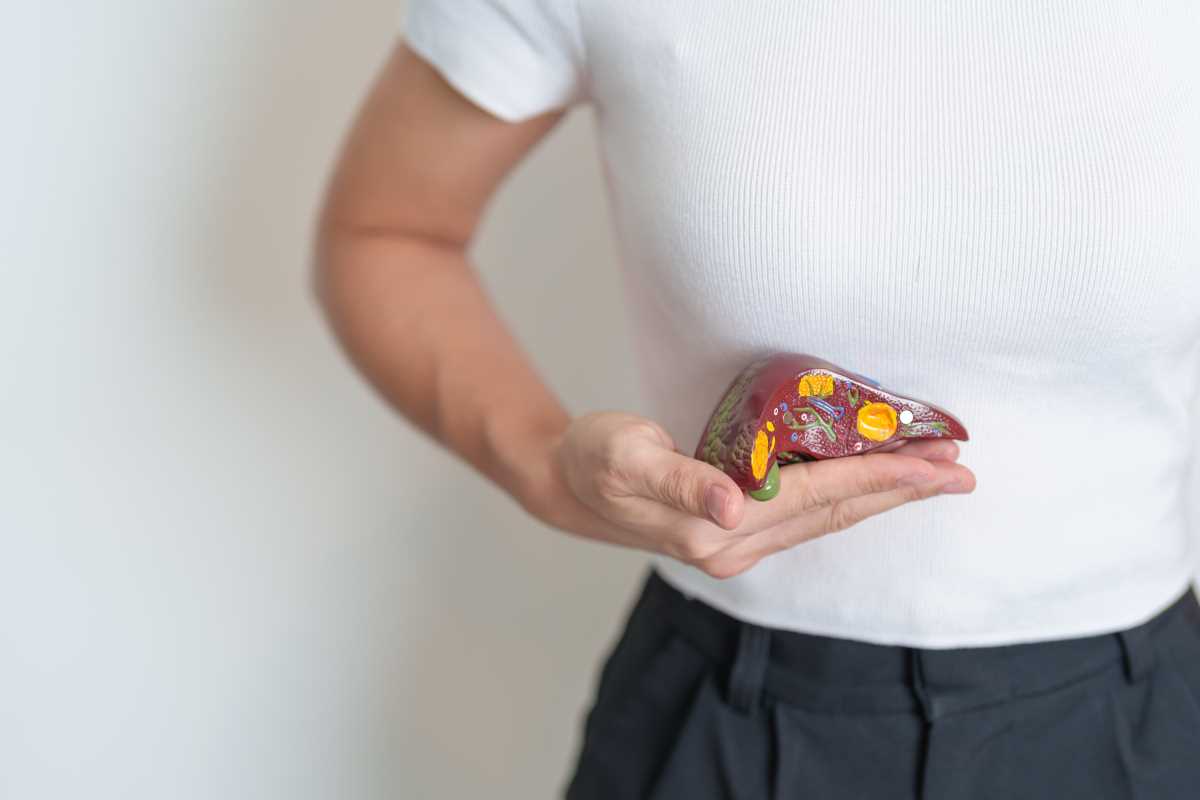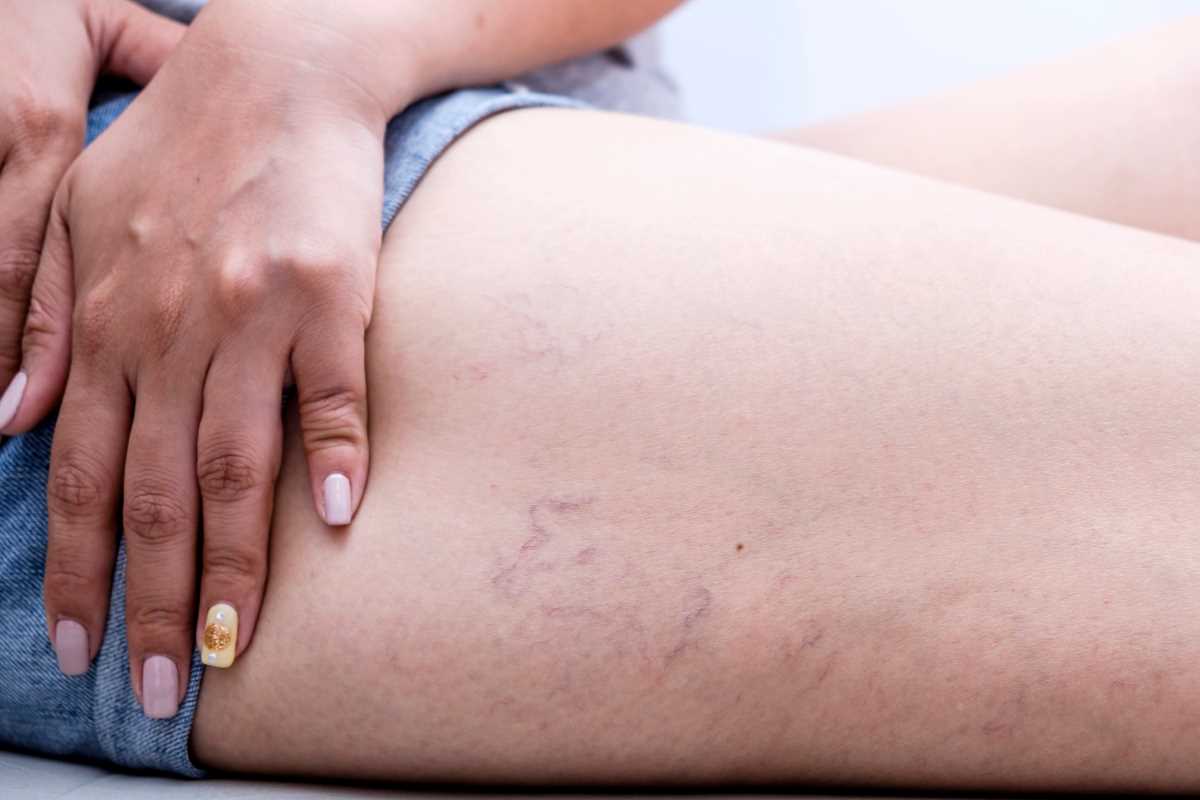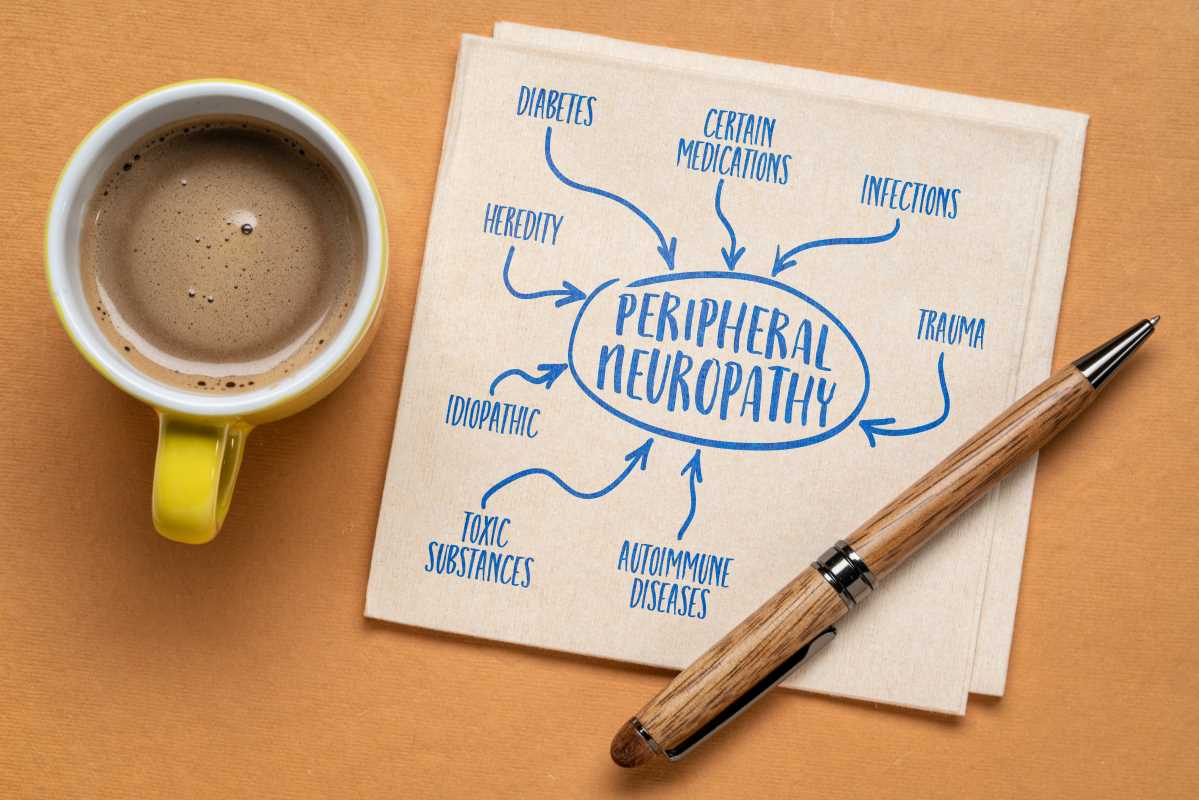Have you recently heard the term “fatty liver” and wondered what it means? Or maybe your doctor mentioned it at your last appointment, and now you’re searching for answers. Fatty liver, also known as hepatic steatosis, is a condition where fat builds up in the liver. While small amounts of fat in the liver are normal, too much can cause complications over time, including inflammation and scarring.
The good news? Fatty liver is often manageable and, in some cases, reversible with lifestyle changes. This blog will take you through the basics of fatty liver disease, including its causes, symptoms, and, most importantly, what you can do to take care of your liver.
What Exactly Is Fatty Liver?
Your liver is an essential organ that helps filter toxins, produce vital proteins, and regulate metabolism. When fat accumulates in the liver cells, it indicates fatty liver disease. There are two primary types:
- Nonalcoholic Fatty Liver Disease (NAFLD): This type happens in people who drink little to no alcohol. It’s most commonly linked to obesity and poor metabolic health.
- Alcoholic Fatty Liver Disease (AFLD): This occurs due to excessive alcohol consumption, which can damage the liver and lead to fat buildup.
Over time, fatty liver can progress to more severe conditions, such as inflammation (steatohepatitis), scarring (fibrosis), or even liver failure (cirrhosis), if left untreated.
What Causes Fatty Liver?
Fatty liver doesn’t develop overnight. It’s usually the result of factors that gradually disrupt how your liver processes fat. Here are the most common causes:
1. Obesity
Excess weight, especially around the abdomen, increases your chances of developing NAFLD. Fat cells release substances that promote inflammation and fat accumulation in the liver.
2. Unhealthy Diet
Eating a diet high in added sugars, refined carbs, and unhealthy fats can contribute to fat buildup in the liver. Drinking sugary beverages, like soda, is especially harmful.
3. Type 2 Diabetes and Insulin Resistance
People with diabetes or insulin resistance are at higher risk because their bodies struggle to regulate fat and sugar levels effectively.
4. Alcohol Consumption
For AFLD, the cause is clear. Drinking large amounts of alcohol damages liver cells, making it harder for the liver to function.
5. High Cholesterol and Triglycerides
These fat-related blood conditions can contribute to fatty liver. When your body stores too much fat, some of it ends up in your liver.
6. Other Risk Factors
- Genetics or family history of liver disease.
- Rapid weight loss or malnutrition.
- Certain medications, such as steroids or anti-seizure drugs.
Common Symptoms of Fatty Liver
One of the tricky things about fatty liver is that it often doesn’t cause noticeable symptoms, especially in the early stages. Many people don’t realize they have it until an ultrasound or blood test reveals concerns. However, as the condition progresses, you may notice:
- Fatigue and low energy levels.
- Unexplained weight gain or difficulty losing weight, especially around the abdomen.
- Discomfort or pain in the upper right side of the abdomen.
- Elevated liver enzyme levels (shown in blood tests).
- Jaundice (yellowing of the skin or eyes), though this is rare and usually occurs in severe cases.
Diagnosing Fatty Liver
If your doctor suspects fatty liver, they may use the following steps to confirm the diagnosis:
- Medical History: Your doctor will ask about alcohol use, diet, weight changes, and family history of liver conditions.
- Blood Tests: Abnormal liver enzyme levels can hint at fatty liver, but further tests are needed to confirm it.
- Imaging Tests: An ultrasound, CT scan, or MRI can detect fat deposits in the liver.
- Liver Biopsy (in rare cases): This involves taking a small sample of liver tissue to look for inflammation and scarring.
The earlier fatty liver is diagnosed, the better your chances of preventing complications like fibrosis or cirrhosis.
How Can You Manage or Reverse Fatty Liver?
The encouraging news is that fatty liver doesn’t have to be permanent. With some lifestyle changes and attention to your health, you can improve your liver function and even reverse fat buildup. Here’s where to start:
1. Adopt a Balanced Diet
Your liver loves healthy, nutrient-rich foods. Focus on these dietary choices:
- Increase Fruits and Vegetables: Aim for colorful, antioxidant-rich options such as leafy greens, berries, and carrots.
- Choose Whole Grains: Swap refined carbs for whole grains like quinoa, oats, and brown rice.
- Lean Proteins: Foods like chicken, fish, tofu, and beans can help repair liver cells.
- Healthy Fats: Incorporate heart-healthy fats from sources like avocados, nuts, seeds, and olive oil.
2. Cut Back on Sugar and Refined Carbs
Sugary snacks, sodas, and desserts can worsen fatty liver by promoting fat storage. Replace these with naturally sweet options, like fruit, and focus on whole, unprocessed foods.
3. Limit Alcohol
If you have AFLD, quitting alcohol is essential to allow your liver a chance to heal. Even with NAFLD, reducing or avoiding alcohol altogether can help improve liver health.
4. Exercise Regularly
Physical activity helps your body burn fat and improves insulin sensitivity. Aim for at least 30 minutes of moderate exercise, like brisk walking, swimming, or cycling, most days of the week.
5. Maintain a Healthy Weight
If you’re overweight, losing even a small percentage of your body weight (around 5-10%) can significantly reduce fat in your liver.
6. Manage Underlying Conditions
If you have diabetes, high cholesterol, or high blood pressure, work with your doctor to keep these conditions under control. Managing them can prevent further damage to your liver.
7. Stay Hydrated
Drinking enough water supports your liver’s natural detox processes and keeps it functioning optimally.
When to See a Doctor
If you’ve been diagnosed with fatty liver or think you might have it, don’t wait to seek medical advice. A healthcare provider can guide you through the right steps to manage the condition and monitor your progress.
Here are signs that warrant immediate attention:
- Severe abdominal pain.
- Yellowing of the skin or eyes (jaundice).
- Sudden swelling in the abdomen or legs.
- Unexplained rapid weight loss.
 (Image via
(Image via





